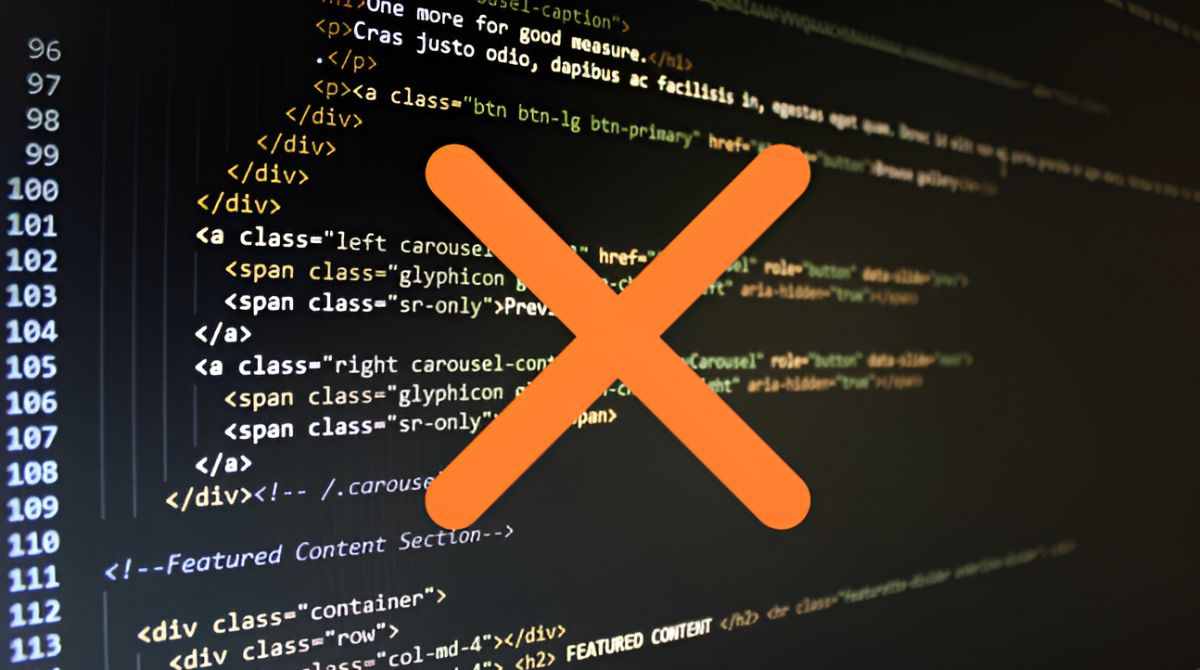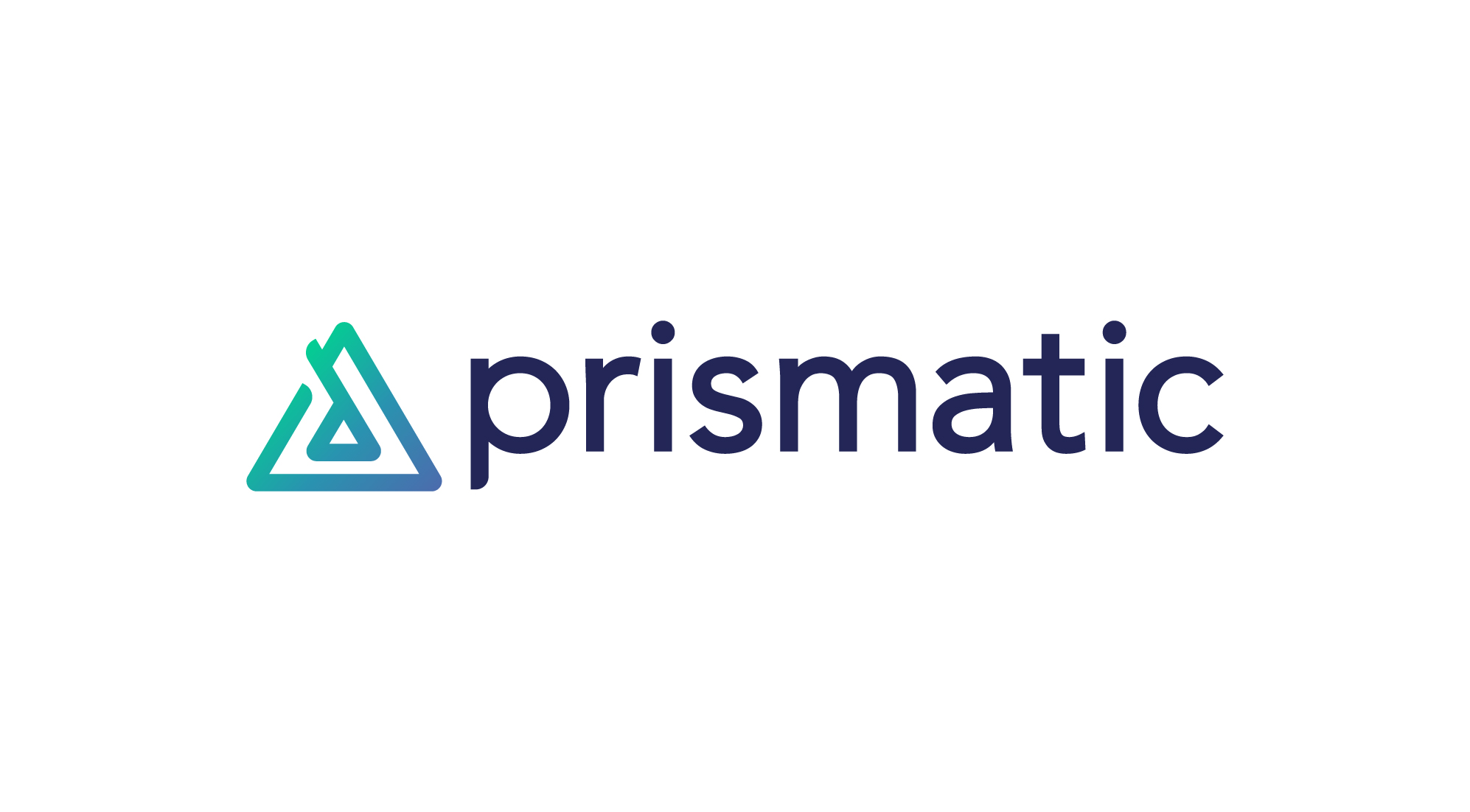Introduction
No-Code SaaS (Software as a Service) is revolutionizing the way businesses build and deploy applications. Gone are the days when only skilled developers could create software solutions. No-Code SaaS platforms empower individuals with limited or no coding experience to design and deploy their own apps, without having to write a single line of code. This paradigm shift has opened up a world of opportunities for entrepreneurs, small businesses, and even non-technical individuals who want to bring their ideas to life.
No-Code SaaS platforms provide intuitive visual interfaces and pre-built modules, enabling users to drag and drop elements to customize their applications. Whether it’s creating a website, developing a mobile app, or automating business processes, these platforms offer a wide range of functionalities that can be tailored to specific needs.
One of the key benefits of No-Code SaaS is its accessibility. Traditional software development required extensive coding knowledge and technical expertise, limiting the pool of people who could create and innovate. With No-Code SaaS, anyone with a basic understanding of technology can design, build, and launch applications. This democratization of software development has unlocked immense potential, allowing individuals and businesses to quickly prototype, iterate, and test their concepts without relying on external resources.
Furthermore, No-Code SaaS platforms dramatically reduce the time and cost associated with developing custom applications. Traditionally, building software from scratch involves a lengthy development cycle, requiring extensive coding, debugging, and maintenance. No-Code SaaS eliminates this complexity by providing pre-built templates and modules that can be customized to fit specific requirements. This not only accelerates the development process but also significantly reduces costs, making it an attractive solution for businesses operating on a tight budget.
Another advantage of No-Code SaaS is its scalability. As businesses grow and evolve, they often require changes and updates to their applications. With traditional coding, making these changes can be time-consuming and costly. However, with No-Code SaaS, modifications and additions can be implemented easily through the intuitive visual interface. This flexibility allows businesses to quickly adapt their applications to meet changing demands, ensuring they stay ahead of the competition.
In the following sections, we will delve deeper into the benefits, functionalities, and limitations of No-Code SaaS. We will also explore popular platforms that offer these services and discuss real-world use cases that demonstrate the power and versatility of this technology.
Benefits of No-Code SaaS
No-Code SaaS offers numerous advantages that make it an attractive solution for businesses and individuals looking to build software applications. Here are some key benefits:
- Accessibility: No-Code SaaS platforms democratize software development by eliminating the need for extensive coding knowledge. This makes it accessible to a wider range of users, including non-technical individuals and small businesses with limited resources.
- Speed and Efficiency: Building applications with No-Code SaaS is significantly faster compared to traditional coding methods. Pre-built templates and modules allow users to quickly prototype and iterate on their ideas, reducing development time and accelerating time-to-market.
- Cost-Effective: No-Code SaaS eliminates the need for hiring expensive developers or outsourcing software development projects. Businesses can build their applications in-house, saving significant costs and ensuring better control over the development process.
- Flexibility and Customization: No-Code SaaS platforms provide a wide range of pre-built components and functionalities that can be customized to suit specific requirements. Users can easily add, remove, or modify elements to create unique and tailored applications.
- Scalability: No-Code SaaS applications are designed to scale effortlessly. As businesses grow, they can easily accommodate increased user demand and add new features without substantial coding or development efforts.
- Empowerment of Non-Technical Users: No-Code SaaS empowers non-technical users to take control of software development. It allows entrepreneurs, marketers, and other professionals to build their own applications, reducing dependency on technical teams and fostering innovation.
- Rapid Prototyping: No-Code SaaS enables rapid prototyping and idea validation. Users can quickly create functional prototypes to gather feedback and test their concepts, reducing the risk of investing time and resources in ideas that may not resonate with the market.
- Integration and Connectivity: No-Code SaaS platforms often offer integrations with popular tools and services, allowing users to connect their applications with existing systems effortlessly. This enables seamless data exchange and enhances the functionality of the applications.
No-Code SaaS provides a range of benefits that empower businesses to innovate, automate processes, and bring ideas to life. The accessibility, speed, cost-effectiveness, and flexibility offered by these platforms make them a game-changer in the software development landscape.
How No-Code SaaS Works
No-Code SaaS platforms simplify the process of building software applications by removing the need for coding. Instead, they provide intuitive visual interfaces and drag-and-drop functionality that allow users to design and customize their applications. Here’s a breakdown of how No-Code SaaS works:
1. Visual Interface: No-Code SaaS platforms offer a user-friendly visual interface where users can create and edit their applications. This interface typically includes a library of pre-built components, such as buttons, forms, and menus, that can be easily added to the application canvas using simple drag-and-drop gestures.
2. Customization: Once the basic structure of the application is in place, users can customize it further to meet their specific needs. They can change the appearance, layout, and functionality of individual components by adjusting their properties and settings through the visual interface. This customization process allows users to create a unique and tailored application without writing any code.
3. Integration: No-Code SaaS platforms often provide integrations with other tools and services, enabling users to connect their applications with existing systems seamlessly. This integration capability allows for data exchange, automation, and enhanced functionality of the applications.
4. Deployment: Once the application is built and customized, users can deploy it to various platforms, such as web browsers, mobile devices, or even as standalone desktop applications. No-Code SaaS platforms typically handle the deployment process automatically, making it easy for users to publish their applications to the desired platforms with just a few clicks.
5. Iteration and Updates: No-Code SaaS platforms provide a mechanism for users to iterate on their applications and make updates as needed. Users can collect feedback, analyze user behavior, and make data-driven improvements to their applications to ensure they are continuously meeting the evolving needs of their users.
It is important to note that while No-Code SaaS platforms eliminate the need for coding, they still require users to have a clear understanding of their application requirements and logic. Users need to define the application flow, data structures, and business rules through the visual interface provided by the platform. This ensures that the resulting application aligns with their intended functionality and objectives.
No-Code SaaS offers a user-friendly and efficient approach to software development, enabling individuals and businesses to create powerful applications without the need for coding expertise. By simplifying the development process, No-Code SaaS has opened up opportunities for innovation and creativity, fueling the growth of startups and empowering non-technical professionals to bring their ideas to life.
Use Cases for No-Code SaaS
No-Code SaaS platforms have a wide range of applications across various industries and sectors. Here are some common use cases where No-Code SaaS can be utilized:
1. Website Development: No-Code SaaS platforms are an excellent solution for creating and managing websites. Users can easily design and customize their website’s layout, add interactive elements, and integrate functionality such as contact forms, e-commerce capabilities, and blog features, all without the need for coding.
2. Mobile App Development: No-Code SaaS platforms allow users to build mobile apps without coding expertise. These platforms provide a range of templates, UI components, and integrations, enabling users to create fully functional mobile applications for both iOS and Android devices.
3. Workflow Automation: No-Code SaaS platforms provide automation capabilities that streamline business processes. Users can create custom workflows, automate repetitive tasks, and integrate with other tools and services, improving efficiency and productivity.
4. Database Creation and Management: No-Code SaaS platforms empower users to create and manage databases without requiring technical skills. Users can easily define data structures, set up relationships, and create interactive interfaces to input and retrieve data, simplifying data management for various applications.
5. Online Course Creation: No-Code SaaS platforms offer features to develop and manage online courses. Users can create interactive lessons, quizzes, and assessments, track student progress, and provide a seamless learning experience to their audience.
6. Customer Relationship Management (CRM): No-Code SaaS platforms provide tools to build customized CRM systems. Users can track leads, manage contacts, automate sales processes, and generate reports, allowing businesses to streamline their sales and customer management activities.
7. Project Management: No-Code SaaS platforms offer project management tools that allow users to plan, track, and collaborate on projects. Users can create tasks, assign responsibilities, set deadlines, and monitor project progress, facilitating effective project management and team collaboration.
8. E-commerce Platforms: No-Code SaaS platforms enable users to create and launch e-commerce stores with ease. Users can design product catalogs, set up payment gateways, manage inventory, and track orders, providing an end-to-end solution for online selling.
These are just a few examples of the myriad use cases for No-Code SaaS. The versatility and flexibility of these platforms make them suitable for various industries and applications, empowering individuals and businesses to innovate and create solutions that meet their specific needs.
Popular No-Code SaaS Platforms
No-Code SaaS platforms have gained significant traction in recent years, offering users powerful tools to build applications without coding. Here are some popular No-Code SaaS platforms that are widely used across different industries:
1. Bubble: Bubble is a visual programming platform that allows users to create web and mobile applications without coding. It provides a robust set of features, including drag-and-drop functionality, database management, and integration options, making it a versatile choice for a wide range of applications.
2. Adalo: Adalo focuses on enabling users to build mobile apps without coding. It offers a range of customizable templates, UI components, and database functionality, allowing users to design engaging and interactive mobile applications for iOS and Android devices.
3. Webflow: Webflow is a platform that empowers users to build responsive websites visually. It provides an intuitive interface for designing and customizing web pages, along with powerful content management and e-commerce capabilities, making it a popular choice for web developers and designers.
4. Airtable: Airtable combines the functionality of a spreadsheet and a database, allowing users to create powerful and customizable databases without any coding. It offers a flexible and user-friendly interface for organizing and managing data, making it an excellent choice for project management, CRM, and content management.
5. Zapier: Zapier is an automation tool that allows users to connect different applications and automate workflows without coding. It provides a wide range of integrations and enables users to set up automated actions, or “Zaps,” to streamline processes and improve productivity.
6. OutSystems: OutSystems is an enterprise-grade No-Code development platform that offers a comprehensive suite of tools for building and deploying complex business applications. It combines visual modeling, drag-and-drop development, and powerful back-end integration capabilities, making it suitable for large-scale applications and organizations.
7. AppSheet: AppSheet is a platform that enables users to create mobile and web applications using data from spreadsheets, databases, and other sources. It provides a rich set of features for building interactive and data-driven applications, making it ideal for small businesses and individuals.
8. Honeycode: Honeycode is a No-Code app development platform from Amazon Web Services (AWS). It allows users to build custom web and mobile applications using a visual interface and pre-built templates. Honeycode integrates seamlessly with other AWS services, making it a popular choice for businesses operating within the AWS ecosystem.
These are just a few examples of the many No-Code SaaS platforms available in the market. Each platform offers its own unique set of features and functionalities, catering to different needs and user requirements. The popularity of these platforms highlights the growing demand for accessible and efficient solutions to build applications without coding.
Challenges and Limitations of No-Code SaaS
While No-Code SaaS platforms offer a range of benefits, they also come with certain challenges and limitations. Here are some of the key challenges to consider:
1. Customization Complexity: Although No-Code SaaS platforms provide customization options, there may still be limitations in terms of advanced functionality or specific design requirements. Users may encounter challenges when trying to achieve highly customized and complex applications that go beyond the pre-built capabilities of the platform.
2. Learning Curve: While No-Code SaaS platforms aim to simplify the development process, there is still a learning curve involved. Users need to familiarize themselves with the platform’s interface, features, and logic to effectively build and customize their applications. Depending on the complexity of the application, users may require some time and effort to master the platform’s functionalities.
3. Platform Lock-In: When users build applications using a specific No-Code SaaS platform, they may become dependent on that platform for ongoing maintenance and updates. Shifting to another platform or migrating the application to a different technology stack can be challenging and may require substantial rework, potentially leading to vendor lock-in.
4. Limited Flexibility: Despite the customization options, No-Code SaaS platforms may have constraints in terms of scalability or integration with certain third-party systems. Users may face limitations when it comes to specific business requirements or the need to integrate their applications with complex data sources or external APIs.
5. Lack of Control: With No-Code SaaS platforms, users rely on the platform provider for infrastructure, security, and updates. This lack of control can be a concern for businesses that have strict data privacy or compliance requirements. Users need to carefully evaluate the platform’s security measures and ensure they meet their specific needs.
6. Maintainability: While No-Code SaaS platforms simplify the initial development process, the long-term maintainability of the applications can be a challenge. As the platform evolves and introduces new features or updates, users need to ensure that their applications remain compatible and continue to function correctly. Additionally, if the platform provider discontinues the service, users will need to migrate their applications to an alternative solution.
It’s important for users to carefully assess their application requirements, evaluate the capabilities of No-Code SaaS platforms, and consider the long-term implications before committing to a specific platform. Despite these challenges, No-Code SaaS platforms continue to evolve and address many of these limitations, offering an increasingly robust and flexible solution for building software applications without coding.
Conclusion
No-Code SaaS has emerged as a game-changing solution, democratizing software development and opening up opportunities for individuals and businesses to build applications without coding. The accessibility, speed, cost-effectiveness, and flexibility offered by No-Code SaaS platforms have revolutionized the way software solutions are created and deployed.
By eliminating the need for extensive coding knowledge, No-Code SaaS platforms empower non-technical users to take control of the development process. This not only drives innovation but also reduces dependency on external resources and accelerates time-to-market.
However, it is important to consider the challenges and limitations that come with No-Code SaaS. Customization complexity, learning curves, platform lock-in, limited flexibility, lack of control, and maintainability concerns should be carefully evaluated before choosing a specific platform.
Despite these challenges, No-Code SaaS platforms continue to evolve and address many of these limitations. They offer an ever-expanding array of features and integrations, making them suitable for a wide range of applications and industries. The popularity and adoption of No-Code SaaS platforms highlight their value and potential in driving innovation and enabling individuals and businesses to bring their ideas to life.
As technology continues to advance, it is expected that No-Code SaaS will play an increasingly vital role in the software development landscape. By providing accessible, efficient, and customizable solutions, No-Code SaaS has the potential to reshape industries, foster creativity, and empower individuals with the ability to create and innovate.

























